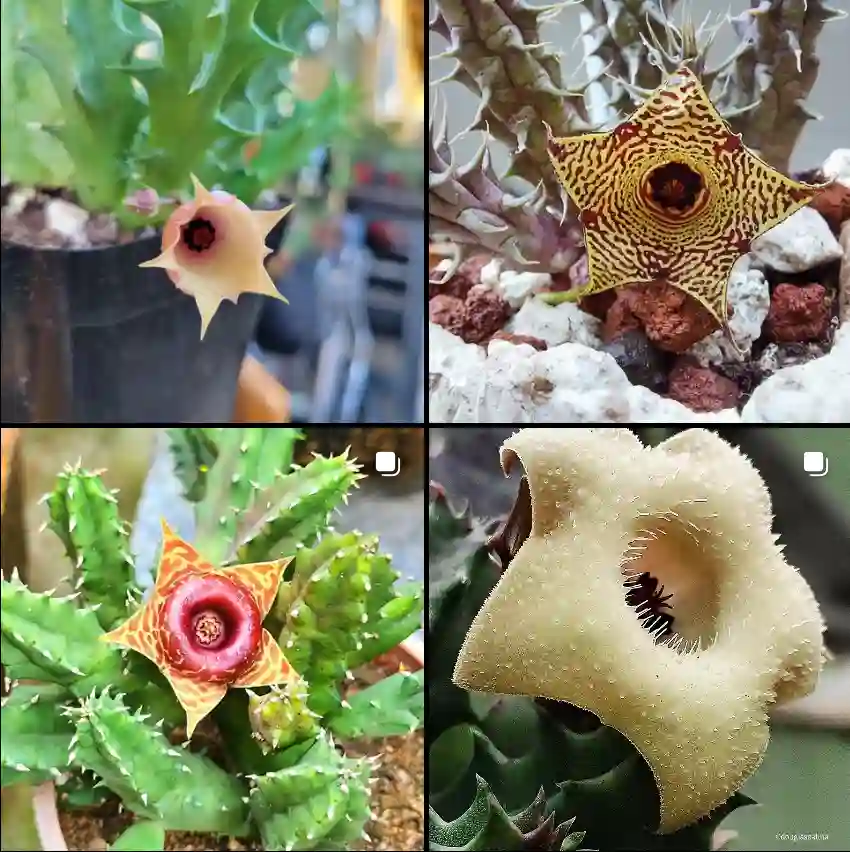Spathoglottis: My Orchid Love Affair
I, Ferb Vu, have always been drawn to the beauty and diversity of the Orchidaceae family. But among the many genera, there’s one that holds a special place in my heart: Spathoglottis. These terrestrial orchids, often called “ground orchids” or “purple orchids,” are a testament to nature’s artistry, boasting vibrant colors and a resilience that I find truly admirable.
A Diverse Genus
Spathoglottis is a sizable genus, encompassing around 44 recognized species. These orchids are native to various regions, from tropical and subtropical Asia to Australia and the Pacific Islands. This wide distribution has led to a fascinating array of forms and colors, making each species unique and captivating.
- Spathoglottis plicata: Perhaps the most well-known, this species is recognized by its striking purple flowers and pleated leaves. It’s a hardy and adaptable orchid, commonly found in gardens and landscapes.
- Spathoglottis affinis: This species is characterized by its lovely yellow flowers, often with delicate markings. It’s a smaller, more compact orchid, making it a popular choice for pot culture.
- Spathoglottis aurea: As its name suggests, this species boasts beautiful golden-yellow flowers. It’s a more robust orchid, often found growing in open grasslands and along roadsides.
- Spathoglottis eburnea: This species is prized for its elegant ivory-white flowers. It’s a more delicate orchid, often found growing in shady forests.
- Spathoglottis ixioides: This species is unique for its high-altitude habitat, often found growing in the Himalayas. It’s a smaller orchid with charming purple or pink flowers.
- Spathoglottis albida Kraenzl.
- Spathoglottis arunachalensis Tsering & K.Prasad
- Spathoglottis bulbosa Schltr.
- Spathoglottis carolinensis Schltr.
- Spathoglottis chrysantha Ames
- Spathoglottis chrysodorus T.Green
- Spathoglottis confusa J.J.Sm.
- Spathoglottis doctersii J.J.Sm.
- Spathoglottis elmeri Ames
- Spathoglottis elobulata J.J.Sm.
- Spathoglottis erectiflora Schltr.
- Spathoglottis gracilis Rolfe ex Hook.f.
- Spathoglottis hardingiana C.S.P.Parish & Rchb.f.
- Spathoglottis jetsuniae Gyeltshen, Tobgyel & Dalström
- Spathoglottis kenejiae Schltr.
- Spathoglottis kimballiana Hook.f.
- Spathoglottis latifolia (Gaudich.) Garay & Ormerod
- Spathoglottis lobbii Rchb.f.
- Spathoglottis microchilina Kraenzl.
- Spathoglottis micronesiaca Schltr.
- Spathoglottis pacifica Rchb.f.
- Spathoglottis palawanensis Lubag-Arquiza
- Spathoglottis papuana F.M.Bailey
- Spathoglottis × parsonsii Ames & Quisumb.
- Spathoglottis parviflora Kraenzl.
- Spathoglottis paulinae F.Muell.
- Spathoglottis petri Rchb.f.
- Spathoglottis philippinensis Lubag-Arquiza
- Spathoglottis portus-finschii Kraenzl.
- Spathoglottis pubescens Lindl.
- Spathoglottis pulchra Schltr.
- Spathoglottis smithii Kores
- Spathoglottis sulawesiensis T.Green
- Spathoglottis tomentosa Lindl.
- Spathoglottis tricallosa J.J.Sm.
- Spathoglottis unguiculata (Labill.) Rchb.f.
- Spathoglottis vanoverberghii Ames
- Spathoglottis vanvuurenii J.J.Sm.
- Spathoglottis velutina Schltr.
The Allure of Spathoglottis
What captivates me most about Spathoglottis is their adaptability. Unlike many orchids that demand specific conditions, Spathoglottis are relatively easy to cultivate. They thrive in a variety of environments, from bright sunlight to partial shade, and can tolerate a range of temperatures. This resilience makes them an excellent choice for both novice and experienced orchid enthusiasts.
Another aspect that I admire is their prolific blooming habit. Spathoglottis are known for producing multiple flower spikes throughout the growing season, each bearing a succession of vibrant blooms. This continuous display of color adds a touch of vibrancy to any garden or indoor space.
My Experiences with Spathoglottis
Over the years, I’ve had the pleasure of cultivating several Spathoglottis species. My first encounter was with Spathoglottis plicata, a gift from a fellow orchid enthusiast. I was immediately struck by its vibrant purple flowers and the ease with which it adapted to my garden.
Since then, I’ve expanded my collection to include other species, each with its own unique charm. I’ve found them to be relatively low-maintenance orchids, requiring only regular watering and occasional fertilization. They’ve rewarded me with an abundance of blooms, bringing joy and color to my surroundings.
The Importance of Conservation
While Spathoglottis are relatively common in cultivation, some species face threats in their natural habitats due to habitat loss and over-collection. It’s crucial to support conservation efforts to protect these beautiful orchids for future generations.
One way to contribute is by purchasing plants from reputable nurseries that propagate orchids ethically and sustainably. Another way is to support organizations dedicated to orchid conservation and research.
A Continuing Fascination
My journey with Spathoglottis continues, and I’m always eager to learn more about these fascinating orchids. I’m particularly interested in exploring the lesser-known species and their unique characteristics.
I believe that Spathoglottis deserves greater recognition and appreciation. They are not only beautiful but also resilient and adaptable, making them ideal ambassadors for the orchid family. I encourage everyone to discover the allure of Spathoglottis and join me in celebrating their beauty and diversity.
If i die, water my plants!



